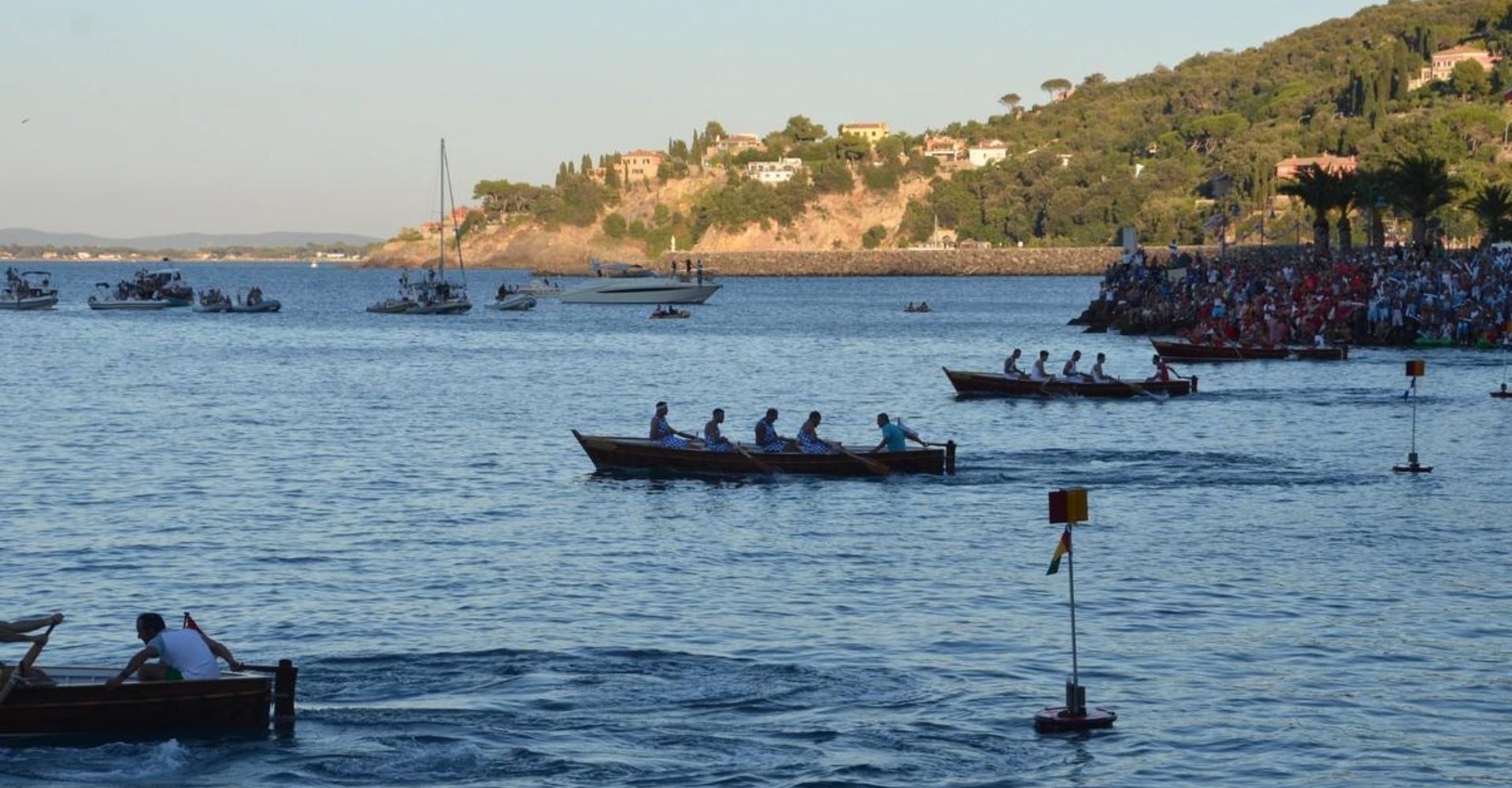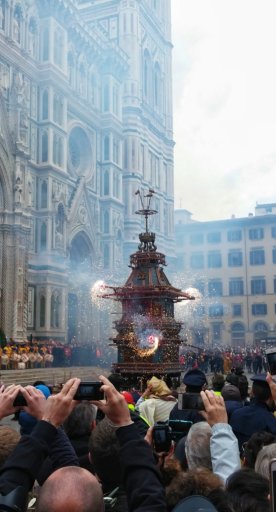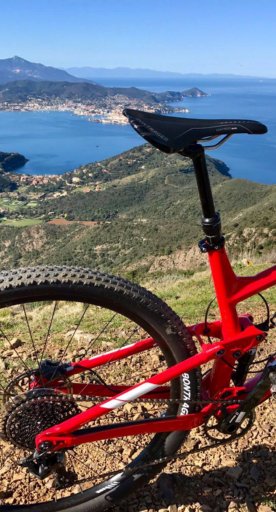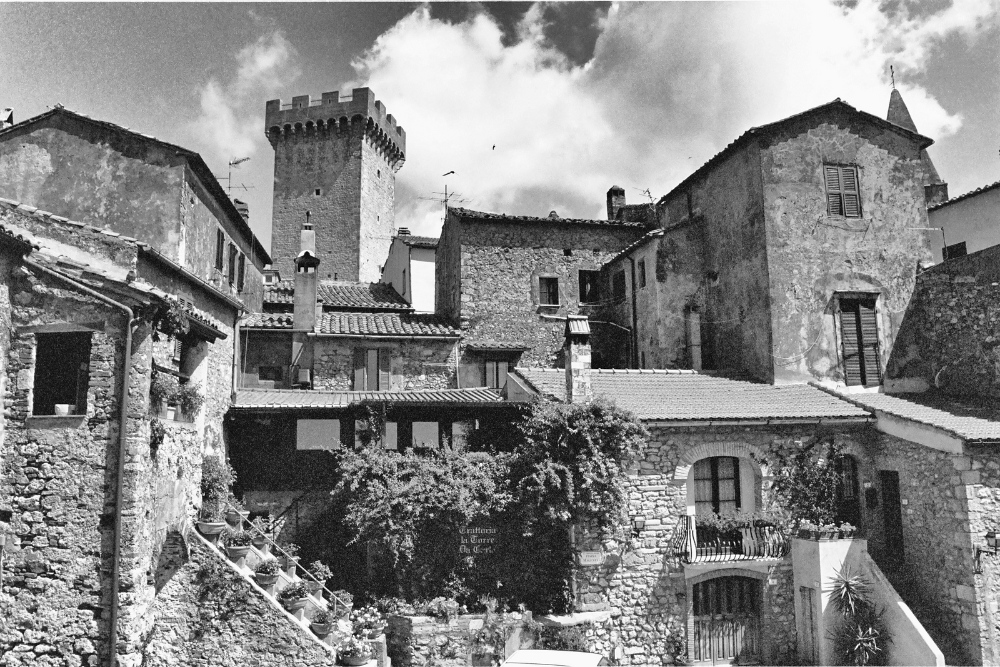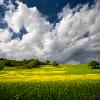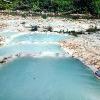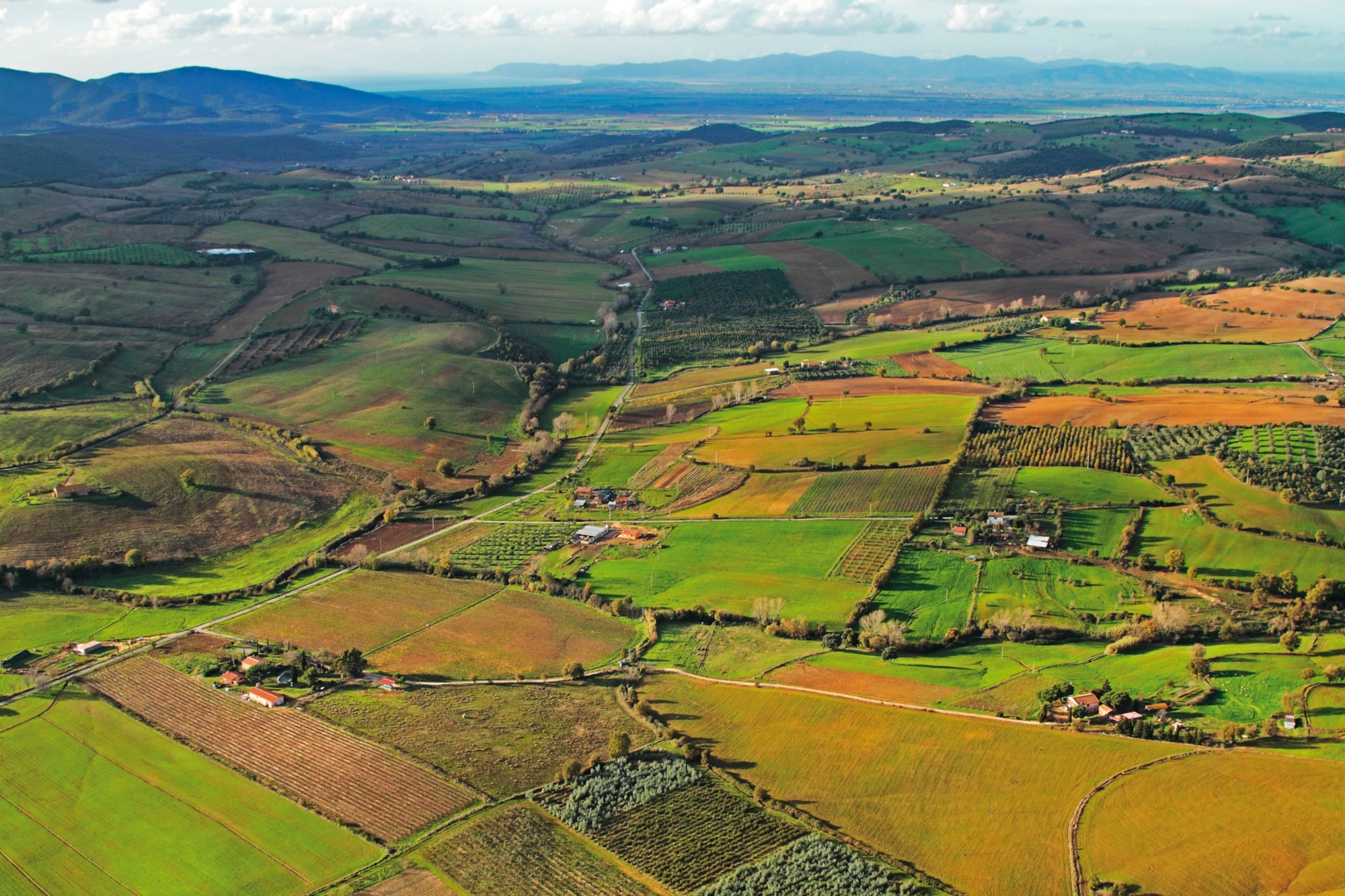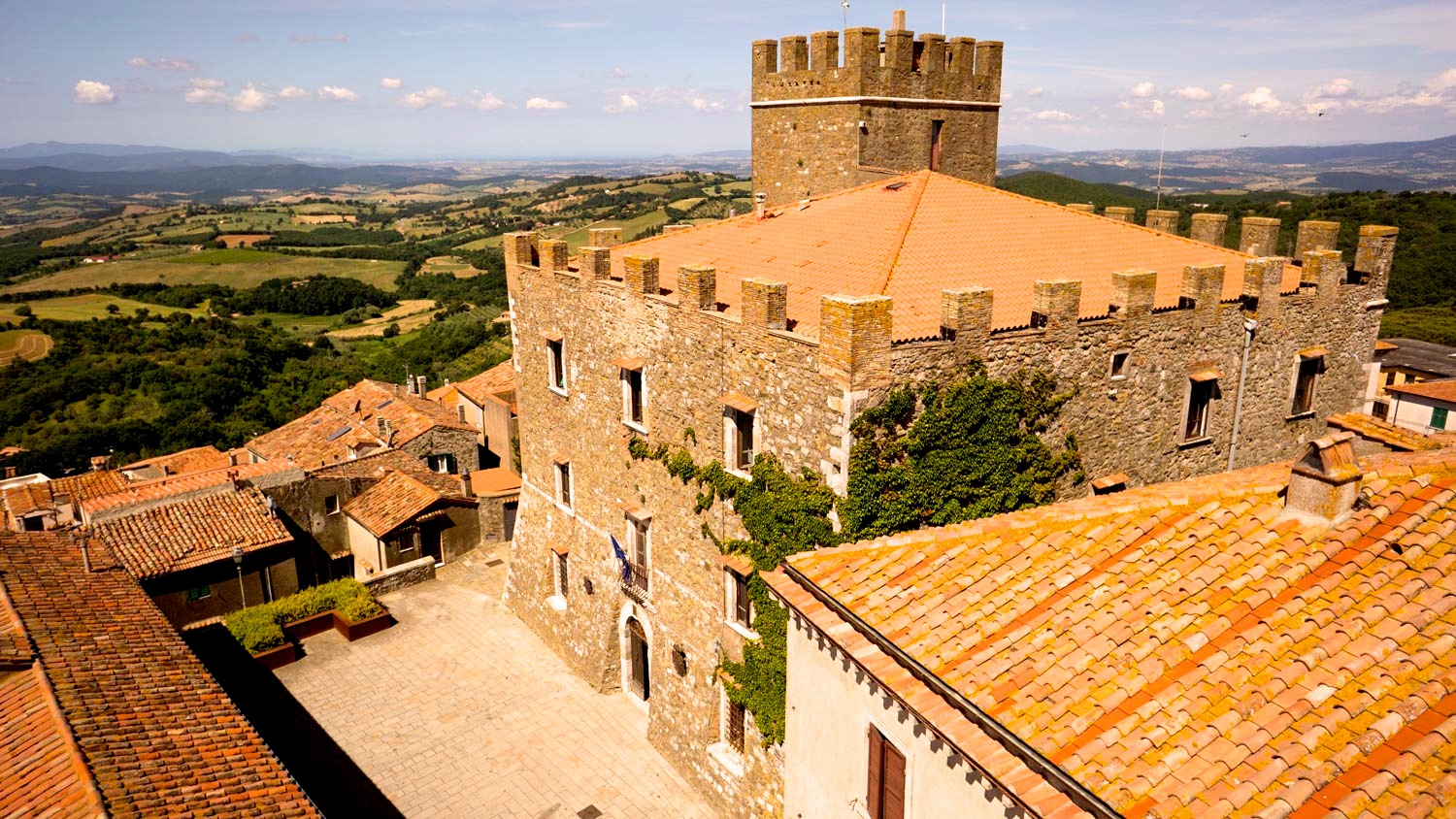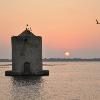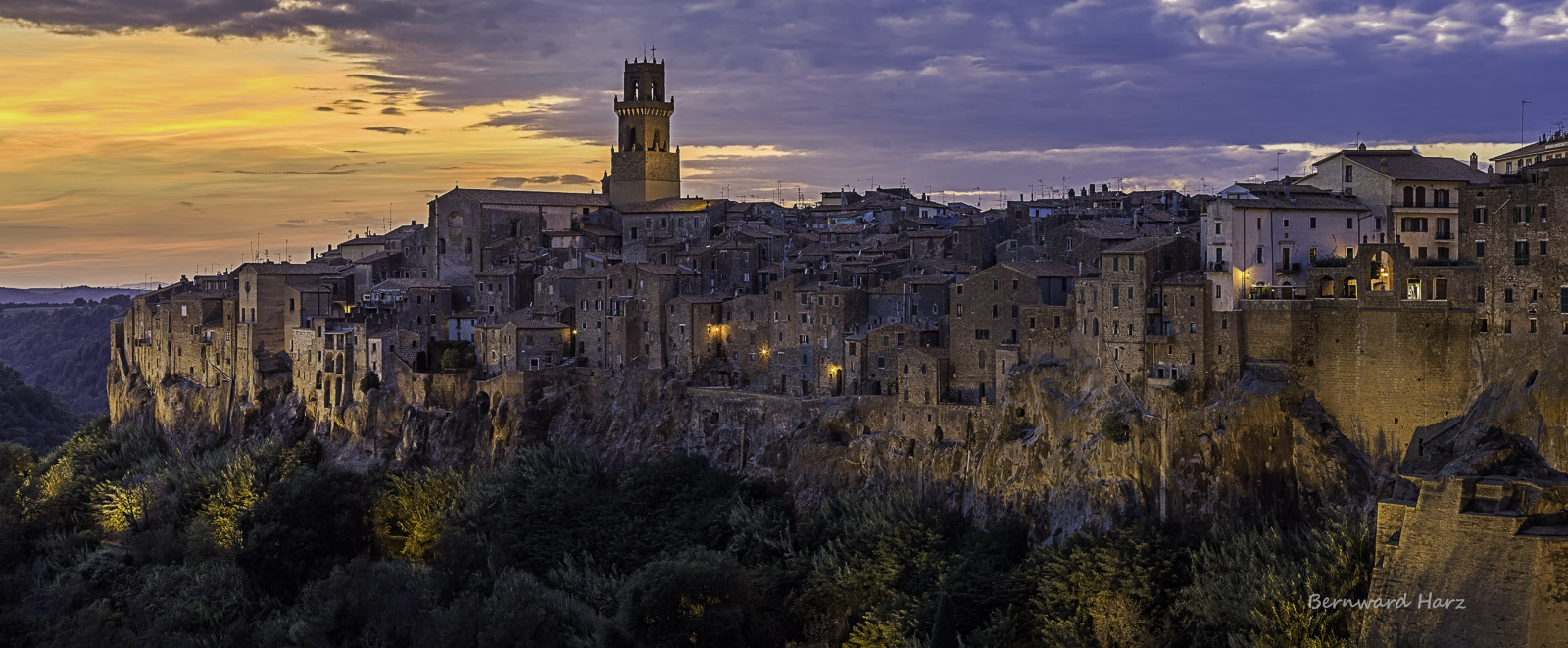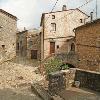Of course, the sea is the absolute protagonist of this village, with numerous beaches, all different from each other: from little coves hidden among the rocks to strips of golden sand, the most famous of which include Cala del Gesso, which gets its name from the gypsum quarries that were once active in this area, a free pebble beach, without services, but that offers breathtaking views and is perfect for snorkeling. Cala Piccola also has crystal-clear waters and is a pebble beach with the coral rock, a spot for diving that rises from a depth of 45 meters almost to the surface, and is a favorite destination for divers. Another pebble beach, ideal for snorkeling, but less suitable for children or the elderly, is Cala Grande: it is the widest along the entire Argentario coast and can be accessed via a 500-meter path. The Beach of Giannella, on the other hand, is sandy and also has a pine forest and services. Free beach lovers will appreciate the Bagni di Domiziano, a beach with shallow waters, known for the remains of ancient cetarian baths (used for fish farming), and a villa dating back to 36 BC that belonged to several emperors, including Nero.
Also dating back to this period and highly recommended is the Spanish Fortress, built for defensive purposes, becoming an important cultural center over time: today it accommodates permanent exhibitions like "Memorie Sommerse," (Underwater Memories) featuring archaeological finds recovered from the nearby seabeds, and "Maestri d’Ascia," (Shipwrights) dedicated to old fishing boat and ship builders.
For marine life enthusiasts there is the Acquario Mediterraneo della Costa d'Argento (Argentario Aquarium). which offers an accurate reconstruction of the typical Argentario seabed environments.

